
European authorities have mandated anti-speeding technology, with vehicles now required to feature intelligent speed assistance.
The rule applies to newly-introduced cars from July 2022 and all vehicles from July 2024, as per the European Union’s General Vehicle Safety Regulation.
Intelligent speed assistance is part of the latest active safety features – using technology such as onboard sensors, radar, cameras and GPS – fitted to passenger cars, enabling a vehicle to inform its driver if the limit changes.

The legislation requires a vehicle to be fitted with a sign-recognising camera or GPS-based speed limit database, but allows carmakers to choose up to four methods to alert a driver if the set limit is being exceeded, including; an audible warning, a traffic sign display, warning vibrations or haptic feedback.
It will be possible for drivers to switch off or override the intelligent speed limiter, and there are no plans to retrofit the system to older vehicles in Europe.
Most intelligent speed assistance systems fitted to new vehicles function through traffic sign recognition, which uses a camera system – usually shared with other active safety features, such as autonomous emergency braking – to detect speed signs and relay the information onto the instrument cluster or navigation display.
If a speed sign is unavailable or unreadable, a GPS database can provide the same information when the speed changes; however, this system isn’t as reliable as real-time speed detection if there have recently been changes to the set limit.
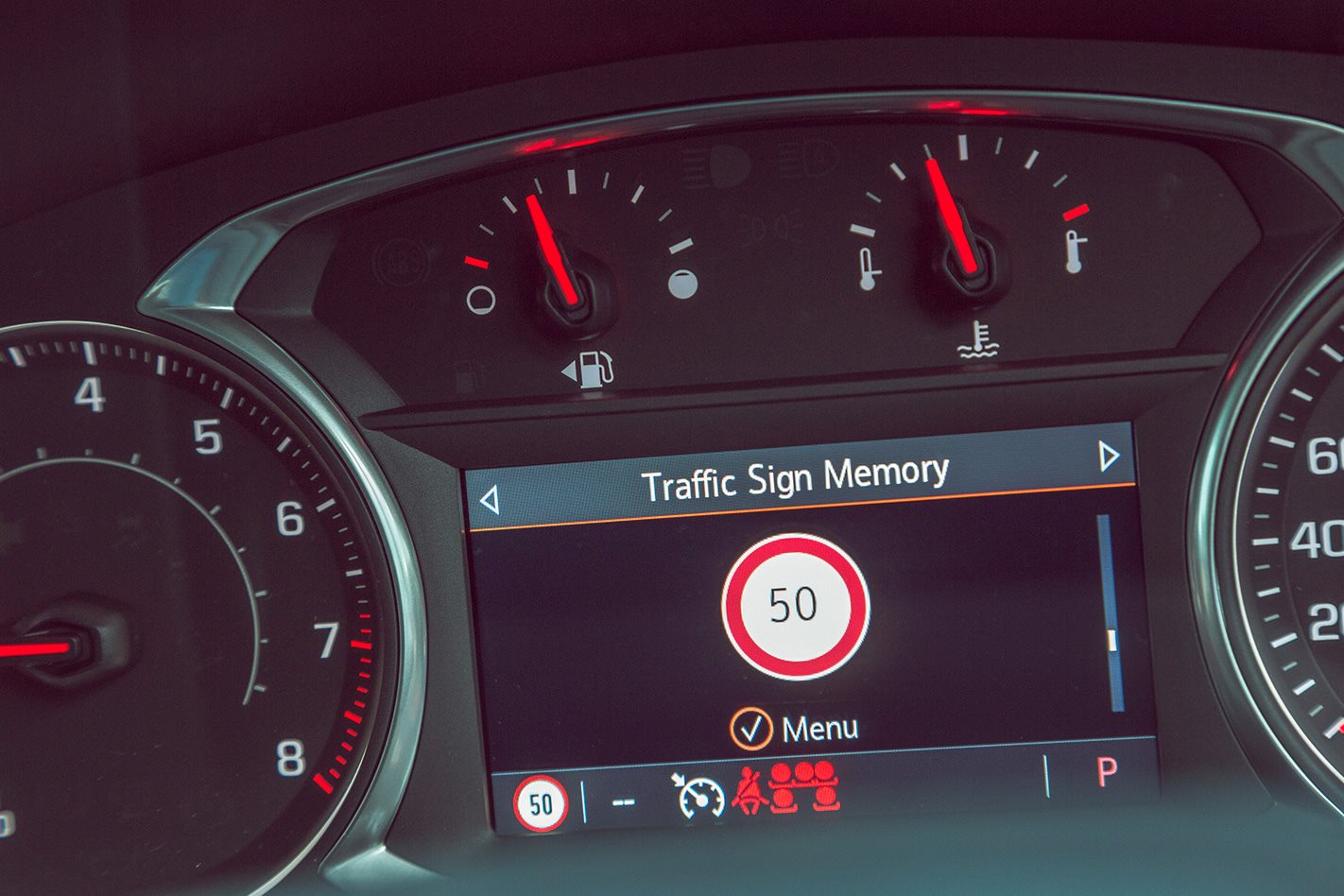
There are no current plans to introduce mandatory intelligent speed assistance to the Australian Design Rules for new vehicles, but as Wheels first reported in 2019, local authorities are investigating a similar mandate.
Regardless, active safety technology will be compulsory in Australia from next year, with all new vehicles introduced to the local market from March 2023 requiring autonomous emergency braking (AEB).
Then after March 2025, all new passenger and light commercial vehicles sold will need vehicle-to-vehicle AEB.
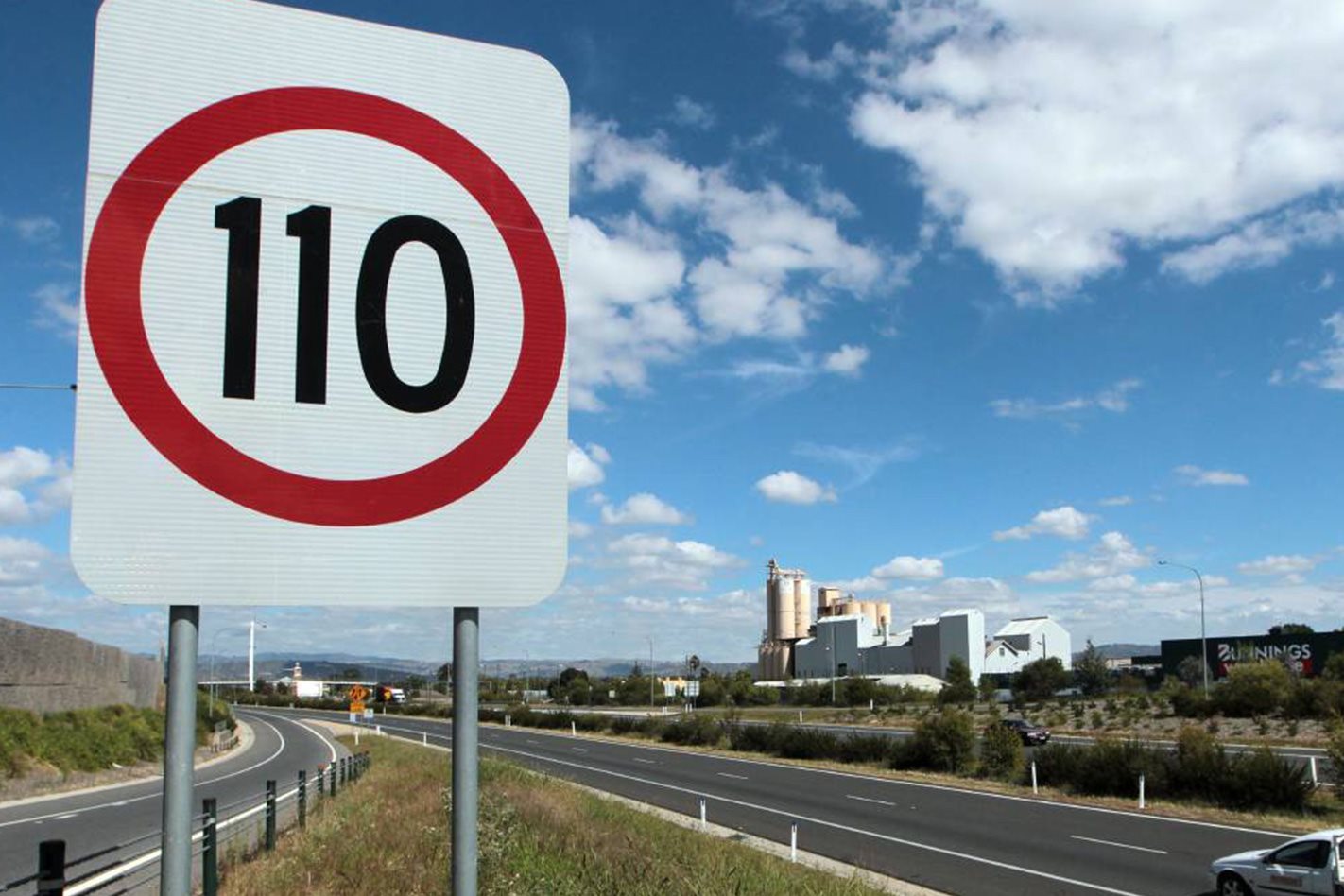
Following this, vehicle-to-pedestrian AEB will then also be mandated on newly introduced models from August 2024, before applying to all new vehicles from August 2026.
AEB, particularly vehicle-to-vehicle detection, is fitted as standard to most vehicles sold in Australia today, while intelligent speed assistance is available in most top-selling vehicles.
In addition, the European Union has agreed to ban internal-combustion vehicles by 2035.
We recommend
-
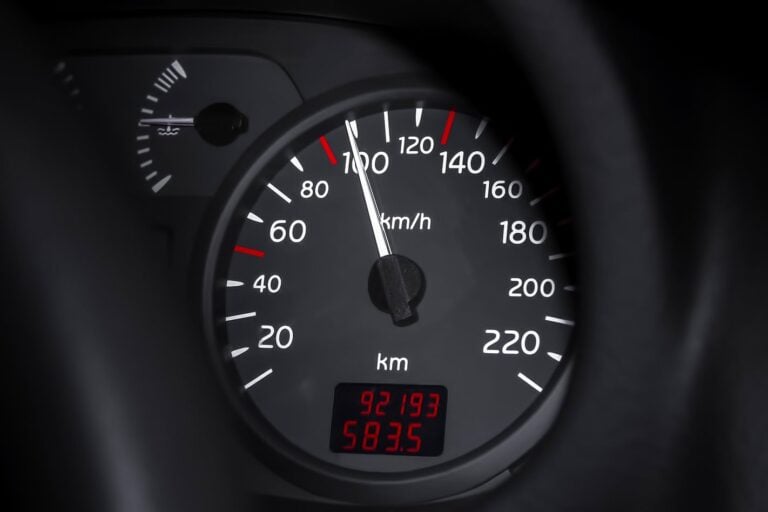 News
NewsThe rise of speed limiters in Australia, Europe and maybe soon the US
Big brother applying the brakes: Good idea?
-
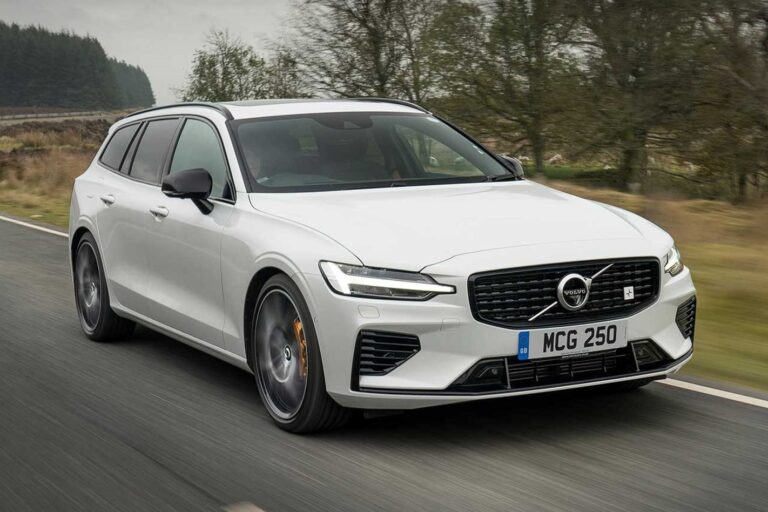 News
NewsVolvo's 180km/h top speed limit now standard on all cars
Volvo says the move is part of its safety-led Vision 2020 project
-
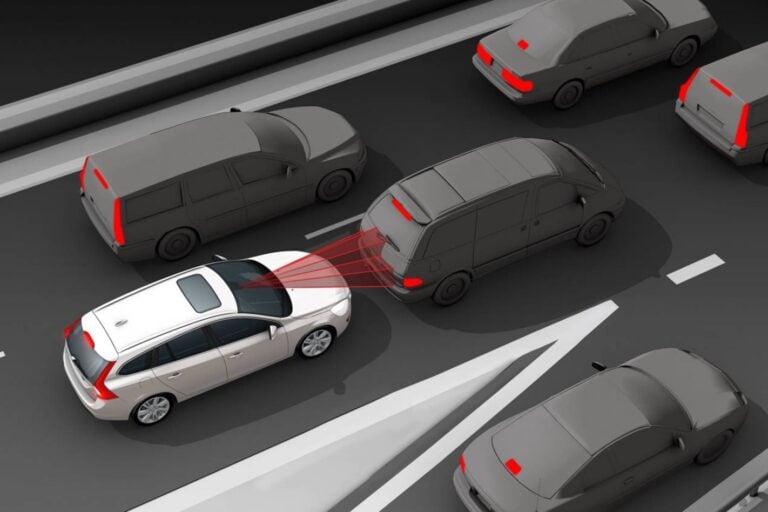 News
NewsAutonomous Emergency Braking mandated on new cars from 2023
Future vehicles will feature AEB technology by law to reduce road accidents




